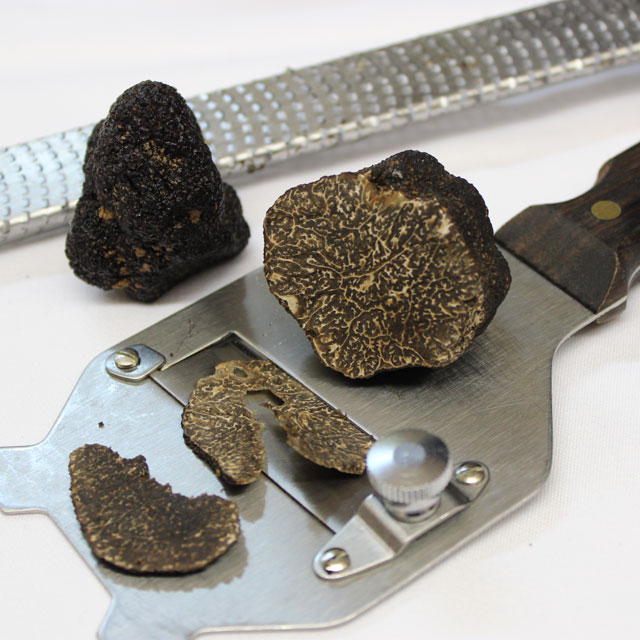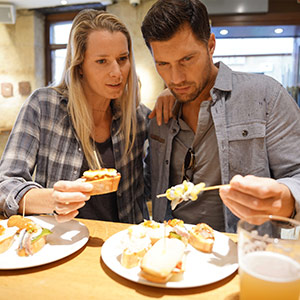Black truffle from Soria
The province of Soria, in Castile and León, produces excellent black or winter truffles, a highly prized ingredient in haute cuisine. They are usually harvested from December to March, and at this time of year you will have plenty of opportunities to taste them and find out more about truffles. Every year fresh truffle markets are held in several towns, and there are culinary events like Soria y Trufa and La Ruta Dorada de la Trufa. On these days, many restaurants in the province prepare special menus featuring truffles as the main condiment in all kinds of recipes. One of the curious things about truffles is the natural way they are harvested, sometimes called the “truffle hunt”. Truffles are a type of fungus which grow underground close to holm oak trees, and truffle dogs are used to locate them. These dogs are trained to find truffles by scent. When they find one, they stop and scratch the ground to show the harvester where it is. From January to March, some companies organise trips to the countryside to see the truffle hunters at work. You can view the available tourist packages on the Soria Tourist Office website.








